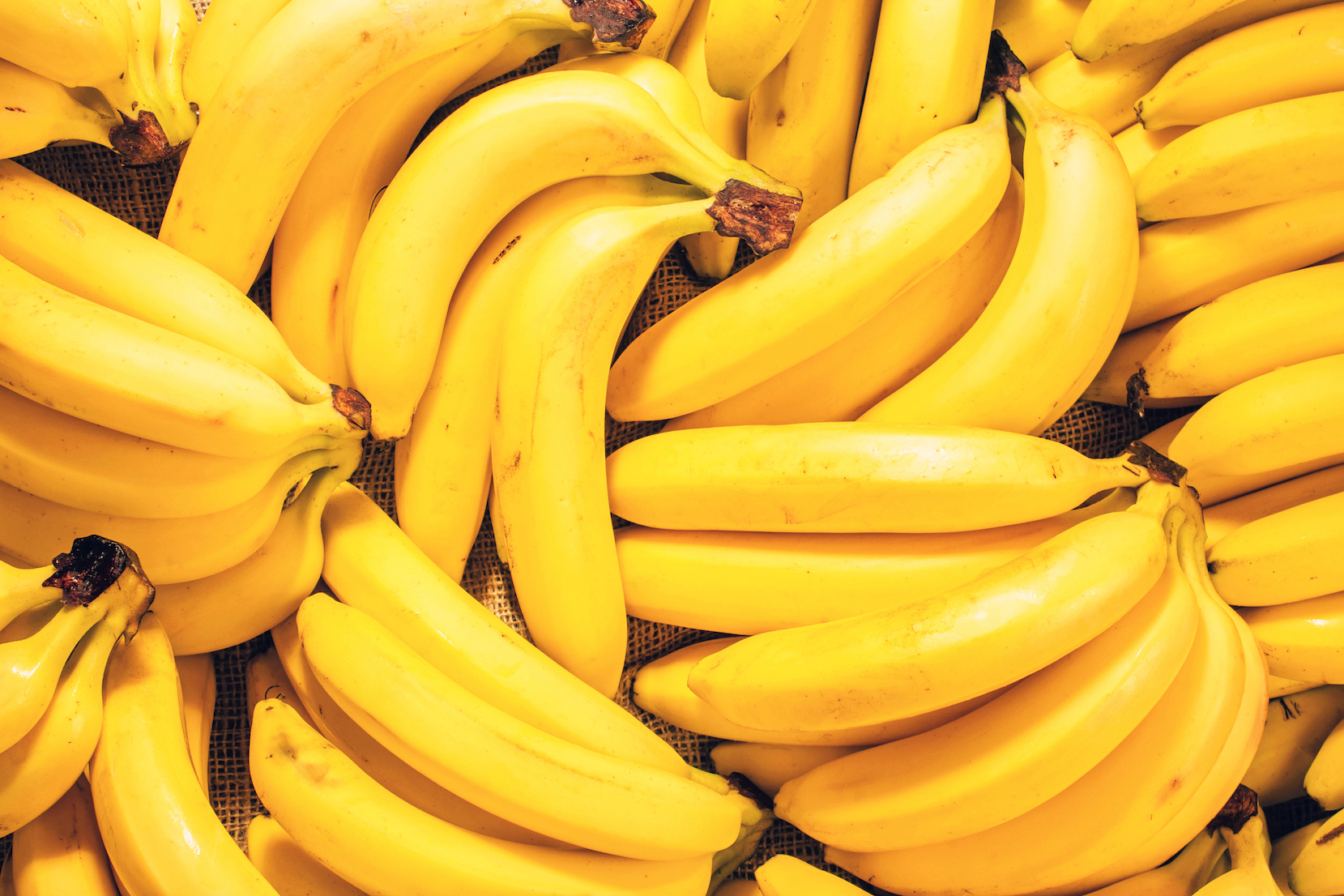
Bananas could hold the secret to creamier, healthier ice cream
American dairies produced over 1.3 billion gallons of ice cream in 2016, according to the U.S. Department of Agriculture. And with the average American eating more than 23 pounds of ice cream per year, it’s no wonder they produce so much.
But despite its popularity and overall deliciousness, eating ice cream can have its downsides. Mainly, the eventual melting of this frozen treat and the calories that can add inches to your waistline. But what if they could make ice cream that takes longer to melt while also being healthier? That’s a door that researchers from the University of Guelph and the Universidad Pontificia Bolivariana may have just opened.
By adding tiny cellulose fibers extracted from banana plant waste to ice cream, the research team found that they could slow melting, increase shelf life, and possibly replace some of the fats used to make this frozen treat.
“Our findings suggest that cellulose nanofibers extracted from banana waste could help improve ice cream in several ways,” says Robin Zuluaga Gallego of the University of Guelph. “In particular, the fibers could lead to the development of a thicker and more palatable dessert, which would take longer to melt. As a result, this would allow for a more relaxing and enjoyable experience with the food, especially in warm weather.”
Past research on this topic has included using polyphenol compounds found in strawberries to develop melt-resistant ice cream, or wood pulp extracts to accomplish the same goal. But now, Zuluaga Gallego and Jorge A. Velásquez Cock and their colleagues at the Universidad Pontificia Bolivariana in Colombia have been investigating how banana plants can do the same – and more.
The researchers extracted cellulose nanofibrils (CNFs) from ground-up banana fruit stems. These CNFs are thousands of times smaller than the width of a human hair. They then mixed the CNFs into ice cream at varying concentrations, ranging from zero to three-tenths of a gram per 100 grams of ice cream. They used a number of analytical tools in order to evaluate the effects that CNFs had on ice cream. This included using a rheometer, which measures the force needed to move a fluid, and a texturometer, which measures the hardness of the ice cream.
The results showed that the ice creams mixed with CNFs melted much more slowly than traditional ice creams. They also found that CNFs could increase the shelf life of ice cream, or at least lower its sensitivity to the temperature changes that happen when ice cream is moved in and out of freezers. CNFs also increased the viscosity of low-fat ice cream, improving the creaminess and texture of the dessert. Because these CNFs could help stabilize the fat structure in ice cream, they could be used to potentially replace some of the fats and reduce calories.
For future research, the team plans to explore how different types fats – like coconut oil and milk fat – affect the behavior of CNFs in other frozen desserts.
—
By Connor Ertz, Earth.com Staff Writer













